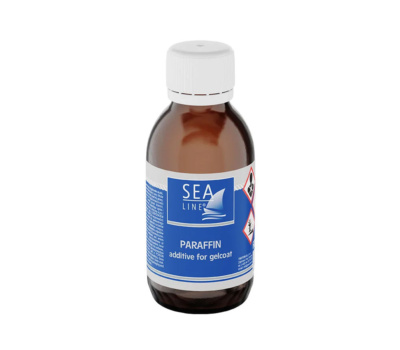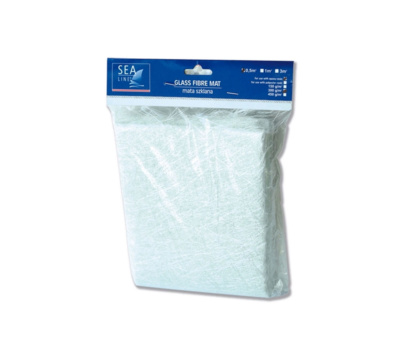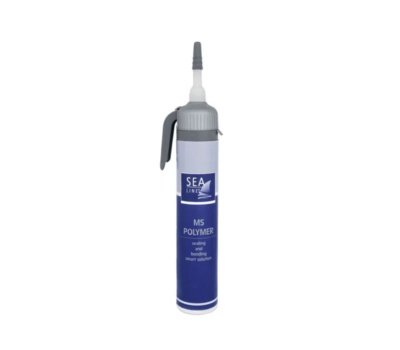Our epoxy resin works well both in construction and during repairs of damaged boat and yacht parts.
| Weight | Code |
|---|---|
| 250 g | 3636 |
| 0,5 kg | 8483 |
| 0,9 kg | 8508 |
| 5 kg | 8506 (comp. A) / 8507 (comp. B) |

Manually:
| Type | Laminates, wood, steel, aluminum | |
| Place | Above and below waterline | |
| Function | Laminating, repairs, reinforcement, gluing | |
| Application | Brush, roll | |
| Thinning | Not recommended | |
| Theoretical coverage for 1kg (for 1 layer laminate) | performance for layer of laminate based on glass fibre mats | |
| 300 g/m² 450 g/m² | ~1,7 m² ~1,1 m² | |
| performance for layer of laminate based on glass fabric (roving) | ||
| 200 g/m² 400 g/m² | ~5 m² ~2,5 m² | |
| Coats number | Depend on needs | |
| Pot life 23°C | 45 min | |
| Hardening time | 7 h | |
To achieve a high-quality and sufficiently strong laminate, use the following weight ratio:
For finishing the laminated sections, we recommend using materials such as:

Paraffin is an additive mainly to polyester gelcoats, necessary when it is necessary to apply

Fiberglass reinforcements, including boat mats and fiberglass fabrics combined with resin, are used for repairs

Is elastic sealant recommended for sealing and bonding various types of materials.
It is not recommended to apply 2K paints over 1K paints. 1K and 2K inks differ in their composition and properties, including hardness, chemical resistance and durability. 1K paints are one-component and dry by evaporating the solvent, while 2K paints are two-component and need to be cured by adding a hardener. Applying 2K paint over 1K paint can cause unpredictable chemical reactions and lead to undesirable effects such as dulling, chipping or flaking of the paint. Therefore, always use paints according to the manufacturer’s instructions and do not mix different types of paints. farby zgodnie z instrukcjami producenta i nie mieszać różnych rodzajów farb.
Sea-Line HARD and Sea-Line self-polishing antifouling are not intended for aluminum surfaces. They include copper oxide, which in contact with aluminum causes galvanic corrosion. Especially on aluminum, we offer ALU-PLUS self-polishing anti-fouling paint, which, in addition to excellent adhesion to aluminum, is also 30% more effective than traditional anti-fouling paints.